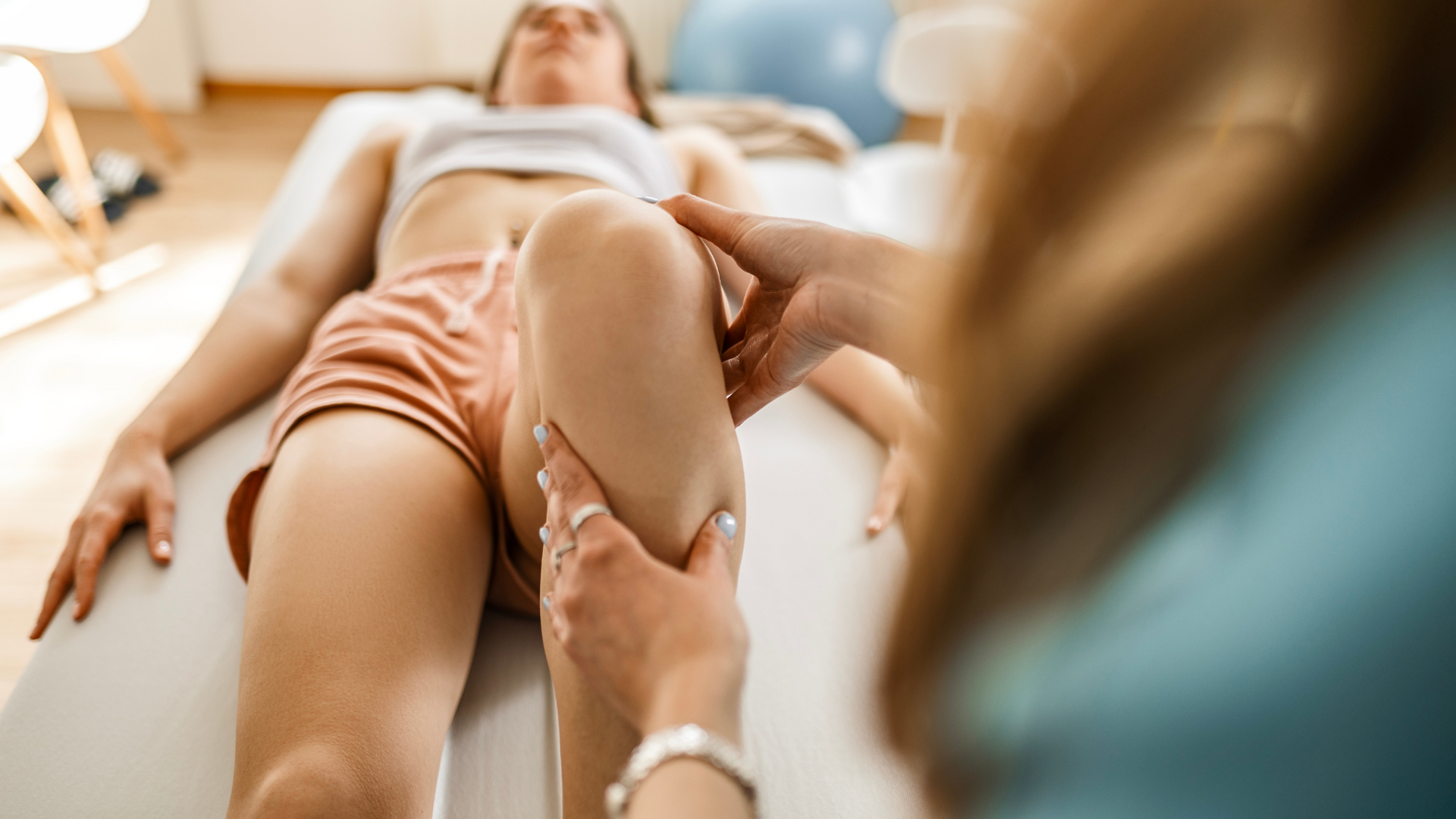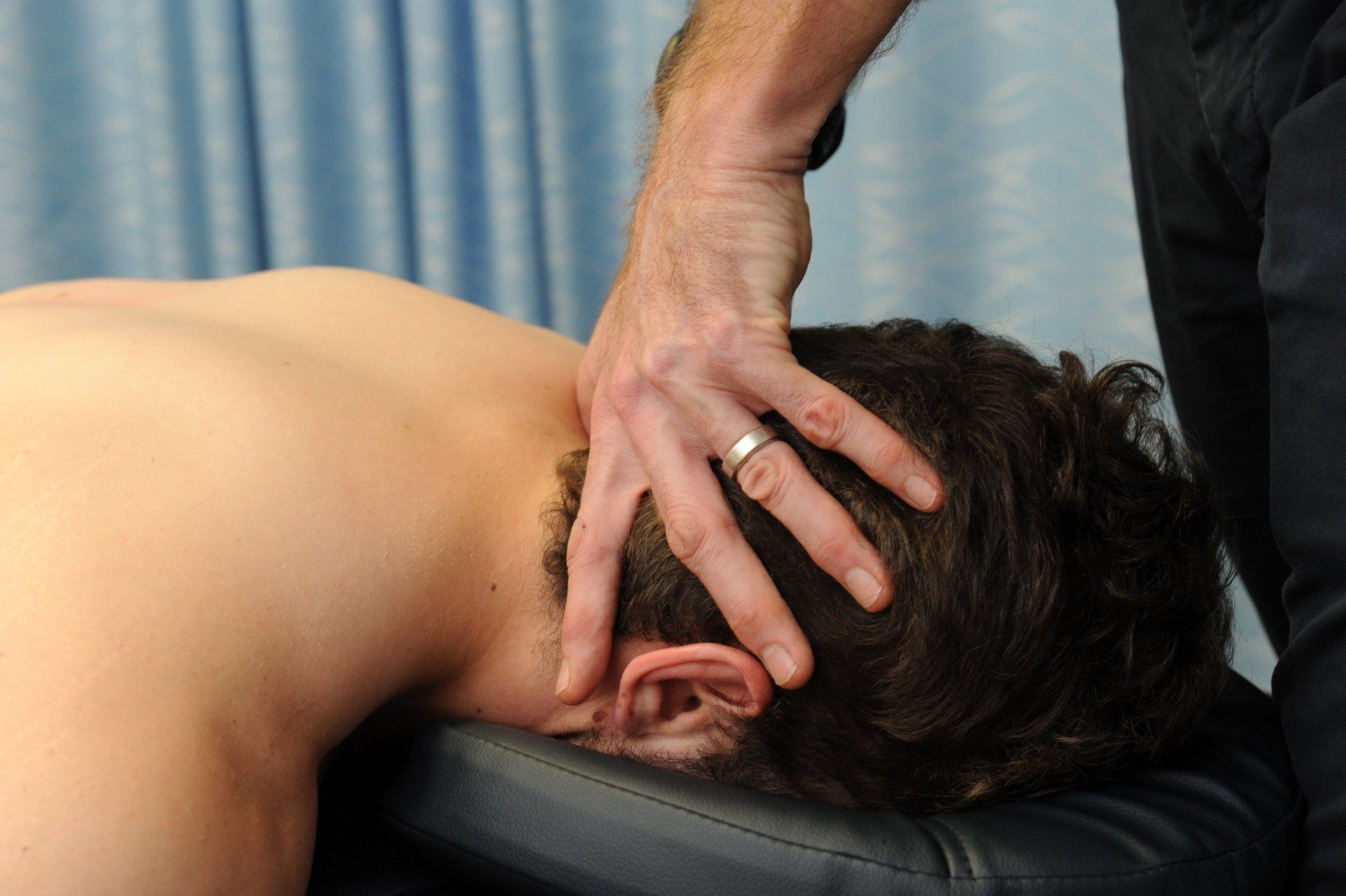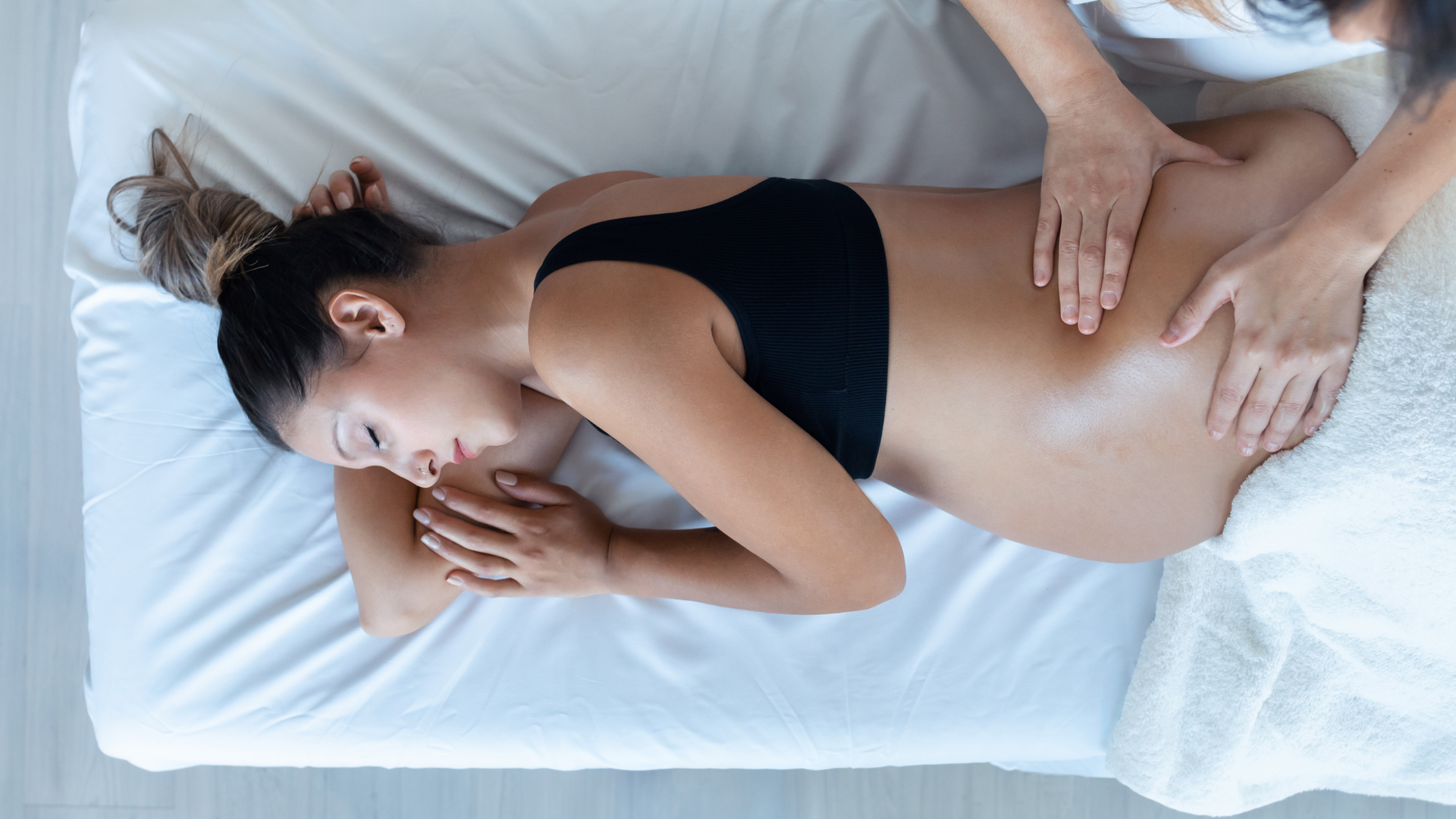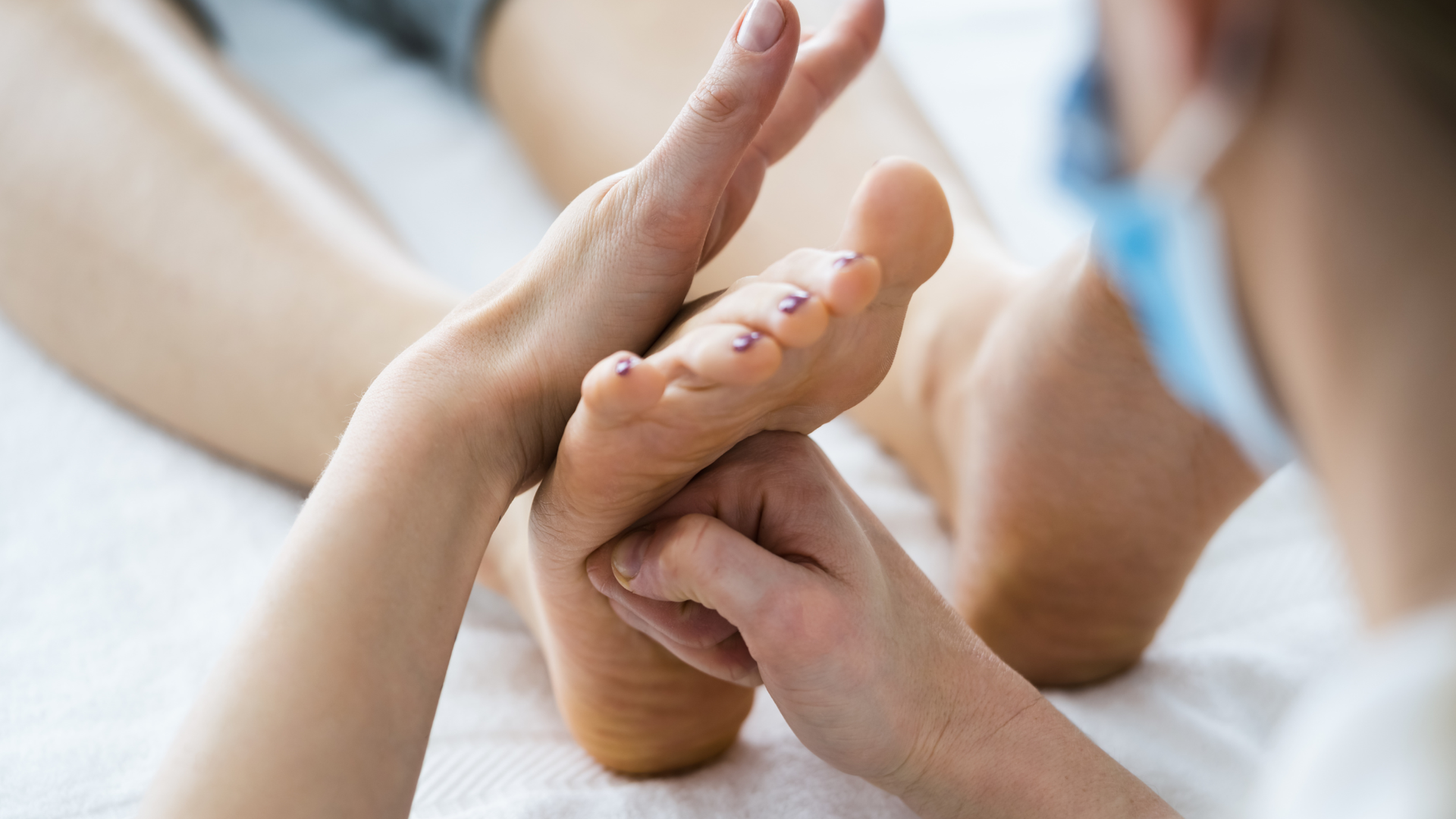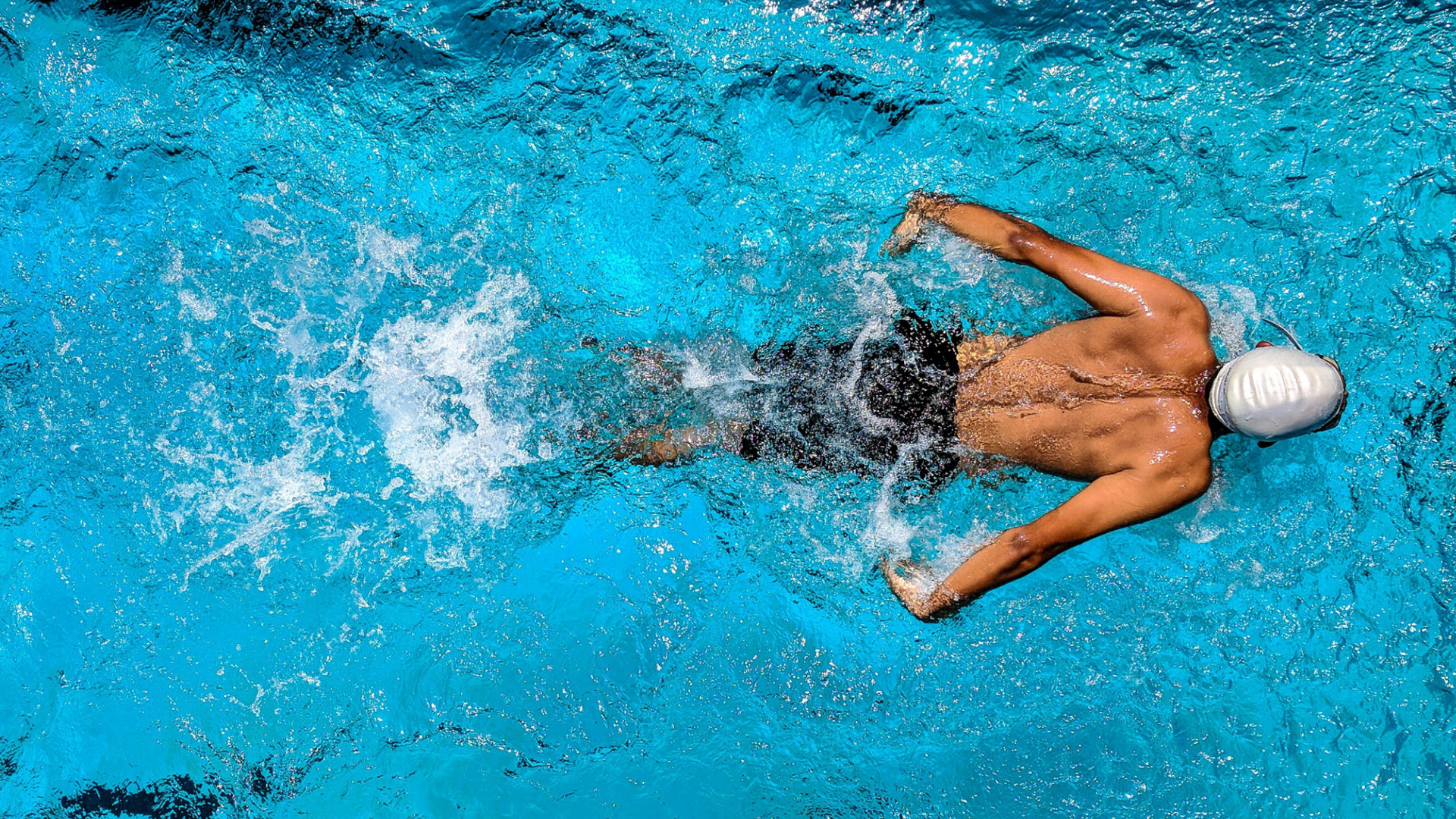Heel Pain - Achilles Tendinopathy
Treat this heel problem early to avoid a world of (Achilles) pain.
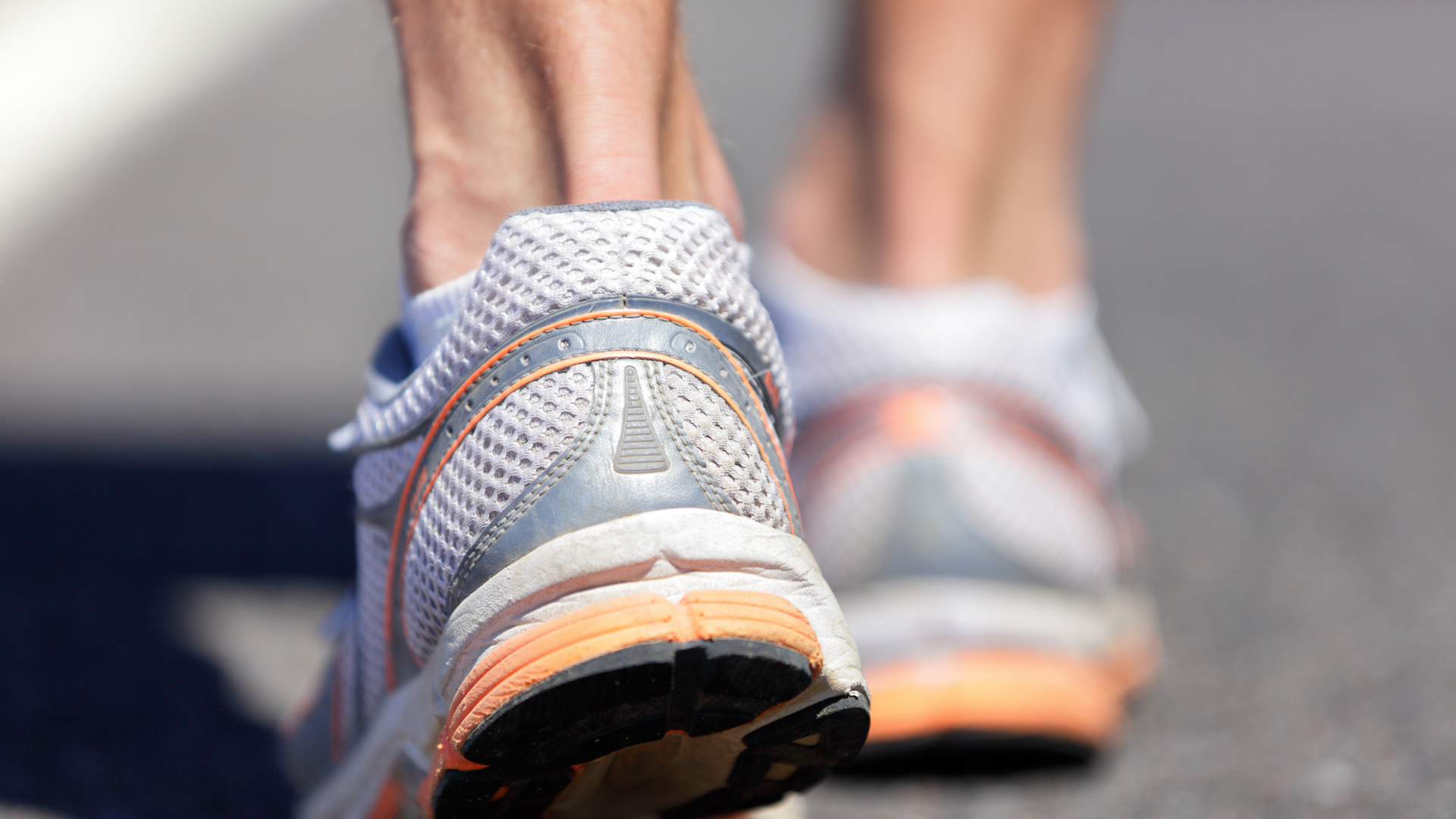
Achilles (uh-ki-leez) tendinopathy is a painful overuse condition affecting the Achilles tendon that is extremely common in the general population and in athletes, particularly those participating in running and jumping sports.
Achilles tendinopathy is estimated to cause 32% of lower extremity injuries in runners.
It is characterised by gradual onset of localised pain and swelling, and a gradual loss of function. If symptoms are identified early, Achilles tendinopathy can be well managed, and time lost to sport and recreational activities minimised. If symptoms are ignored, recovery can be prolonged (greater than 12 months) and the risk of reinjury significantly increased.
A little bit of anatomy
The Achilles tendon is essential for many everyday activities, such as walking, running, jumping, and climbing stairs. Understanding the basic anatomy of the tendon can help to understand how it becomes injured, and why it is so important to function.
The Achilles tendon is the largest tendon in the body and can be easily palpated at the back of the heel. Located at the back of the ankle, it is formed by the merging of the calf muscles (gastrocnemius and soleus) and attaches to the heel bone (calcaneus). The tendon is approximately 15 centimetres long and is composed of tough, fibrous tissue that is capable of withstanding large forces. The fibres of the tendon are arranged in a parallel fashion, allowing the tendon to transmit forces from the calf muscles to the foot.
The Achilles tendon is surrounded by a protective sheath called the paratenon, which helps to reduce friction between the tendon and surrounding tissues during movement. The paratenon contains small blood vessels that provide nutrients to the tendon. Lower down near the heel, there are a couple of bursae which can be implicated in heel pain (Click here for info on retrocalcaneal bursitis).
What's in a name?
The term tendinopathy is preferred to tendonitis as it covers a broader range of presentations that may or may not include inflammation.
Achilles tendinopathy literally means pathology of the Achilles tendon and its cause can be classified as either compressive or tensile in nature. Compressive Achilles tendinopathy occurs near where the tendon inserts into the calcaneum or the heel. Here, the tendon is susceptible to compression against the underlying bone, which can be exacerbated in the presence of a Haglund deformity.
The ability to distinguish between a compressive and tensile presentation is crucial for successful rehabilitation.
Tensile Achilles tendinopathy is more likely in the mid and upper parts of the Achilles tendon. Here the tendon participates in energy storage and release via stretch-shortening cycles and is susceptible to overload by high repetition.
Risk factors and injury prevention
The risk for developing Achilles tendinopathy is considered multifactorial, with intrinsic and extrinsic risk factors contributing to symptoms, largely due to reducing the tolerance of the tendon to load or altering movement patterns that overload the tendon. Intrinsic risk factors include age (35-54 years old is the highest risk), sex (males have higher risk), body weight, systemic disease (such as diabetes and rheumatoid arthritis), and a history of smoking. Extrinsic factors include mostly sports and occupational related activities, as well as medications, footwear, training surfaces and training errors (particularly increased training load and intensity and/or reduced recovery time).
Recognising risk factors, educating people and taking preventative measures to reduce the risk of developing Achilles tendinopathy are key health strategies for health care providers. Screening athletes prior to competition can assist in identifying modifiable risk factors, while early intervention is crucial to limiting time lost to sport and recreation due to Achilles tendinopathy.
Diagnosing Achilles Tendinopathy
Diagnosing Achilles tendinopathy can be complex due to the number of conditions that can occur in this region and the similarities they share. A thorough interview regarding the nature of symptoms and how they developed, physical assessment and other tests are essential to identify or exclude other potential sources or reasons for symptoms.
Achilles tendinopathy will tend to start slowly, with a gradual increase in pain and stiffness. Initially symptoms will ‘warm up’ – that is they will improve with some activity. If not given time to recover though, symptoms will progress, and activity will be further impacted. Some of the more common signs and symptoms of Achilles tendinopathy include:
- Pain and stiffness in the Achilles tendon, especially in the morning or after periods of inactivity.
- Swelling and tenderness in the area around the Achilles tendon.
- Thickening of the Achilles tendon.
- A creaking or cracking sound when the ankle is moved.
- Limited range of motion in the ankle.
- Redness or warmth in the affected area.
In more severe cases, or if the condition has persisted for long periods, there may be a partial or complete Achilles tendon tear. This is generally accompanied by more severe pain, swelling and bruising, and may make it difficult to walk or stand. If you experience any of these symptoms, it's important to seek medical attention. Early treatment can help prevent further damage to the Achilles tendon and improve your chances of a full recovery.
Do I need a scan?
This will depend on the duration and severity of symptoms, and if treatment has been unsuccessful. X-ray can be helpful to identify a Haglund’s deformity and its relationship to insertional tendinopathy. Ultrasound and MRI can be beneficial to confirm the diagnosis of AT and the stage of disease respectively.
Management of Achilles Tendinopathy
Once a diagnosis of Achilles tendinopathy is established, the challenge is to work out what is happening in the tendon. Understanding the cause of the injury, the phase of the injury (particularly if the tendon is in a reactive or degenerative phase) and issues contributing to symptoms is challenging, and it is these factors that will determine the type and style of rehabilitation you need.
Activity modification is an important first line of treatment. Reducing exposure to aggravating factors (running, hills, certain shoes) is essential to managing Achilles tendinopathy.
Exercise therapy is considered the gold standard treatment in the management of Achilles tendinopathy long term and has the highest level of evidence for effect. The volume, load and type of exercise will be guided by many factors, including whether the issue is compressive or tensile in nature, the phase of the injury and co-existing biomechanical problems – think hip, knee, and ankle issues.
Manual therapy, soft tissue therapy and dry needling can be beneficial in the acute and sub-acute phases of Achilles tendinopathy in relieving pain and restoring ankle range of movement. These interventions are non-invasive or minimally invasive, cheap and have minimal side effects, and have good level of evidence for therapeutic use in the first 3-6 weeks.
Your doctor may prescribe oral non-steroidal anti-inflammatories for pain relief however they will not improve the condition as tendinopathy is a non-inflammatory condition. Your doctor or physiotherapist can discuss this with you, as well as general lifestyle modifications, as part of a multidisciplinary approach.
If your looking for some more information on the management of Achilles Tendinopathy, check out this perspective from the Journal of Orthopaedic Sports and Physical Therapy.
Other Treatments
Shockwave therapy, platelet-rich plasma injections and prolotherapy have all shown promising anecdotal outcomes in the management of Achilles tendinopathy however require significant further research to determine their effectiveness and value against other treatment options.
Corticosteroid injections have been shown to have no therapeutic benefit and have been identified as a risk factor for progression of Achilles tendinopathy to tendon rupture. They should therefore be avoided.
Surgery may be considered after a period of 3-6 months of conservative treatment if pain and dysfunction persist. Recovery from surgery can take up to 12 months and has an estimated success rate in the literature of about 89%.
How long’s it going to take?
Acute first-time presentations can often be settled within 4-6 weeks, with return to normal activity in 8-12 weeks. In chronic presentations conservative management can take up to 12 months. It is important to recognise that being pain free does not mean that Achilles Tendinopathy is cured - reorganising that tendon matrix takes time and persistance.
The Take Home
Achilles tendinopathy is a complex spectrum of disease that requires treatment and exercises tailored to the pathology and clinical presentation of the condition. Applying a “one size fits all” approach is unlikely to be effective, prolonging symptoms and resulting in extended time away from work, sport, and social activities. Early physiotherapy intervention and education will greatly benefit people with heel and/or Achilles pain, improving outcomes and reducing time lost to work and sport.
Got heel pain and want to get it sorted? Give us a call now.
At Movement for Life Physiotherapy, we can assess and diagnose the cause of your heel pain and let you know whether you have bursitis, tendinopathy, or if there is something else going on. With a clear diagnosis and tailored management plan, we'll help get you back to the things you love sooner.
Give us a call now or click on BOOK AN APPOINTMENT to book online.
Sources
- Aicale, R., & Maffulli, N. (2022). Non-insertional Achilles Tendinopathy. In Foot and Ankle Disorders: A Comprehensive Approach in Pediatric and Adult Populations (pp. 855-867). Cham: Springer International Publishing.
- Maffulli, N., & Aicale, R. (2019). Update on non-insertional Achilles tendinopathy. Fuß & Sprunggelenk, 17(4), 248-256.
- Mitham, K., Mallows, A., Debenham, J., Seneviratne, G. and Malliaras, P. (2021), Conservative management of acute lower limb tendinopathies: A systematic review. Musculoskeletal Care, 19: 110-126. https://doi.org/10.1002/msc.1506
- Pavone V, Vescio A, Mobilia G, Dimartino S, Di Stefano G, Culmone A, Testa G. (2019). Conservative Treatment of Chronic Achilles Tendinopathy: A Systematic Review. Journal of Functional Morphology and Kinesiology. 4(3):46. https://doi.org/10.3390/jfmk4030046
- Prudêncio, D. A., Maffulli, N., Migliorini, F., Serafim, T. T., Nunes, L. F., Sanada, L. S., & Okubo, R. (2023). Eccentric exercise is more effective than other exercises in the treatment of mid-portion Achilles tendinopathy: systematic review and meta-analysis. BMC Sports Science, Medicine and Rehabilitation, 15(1), 9.
- Santacaterina, F., Miccinilli, S., Bressi, F., Sterzi, S., & Bravi, M. (2021). An Overview of Achilles Tendinopathy Management. Osteology, 1(4), 175-186.
- Silbernagel, K. G., Hanlon, S., & Sprague, A. (2020). Current clinical concepts: conservative management of Achilles tendinopathy. Journal of athletic training, 55(5), 438-447.
